Tender Submission Cover Letter Template Guide
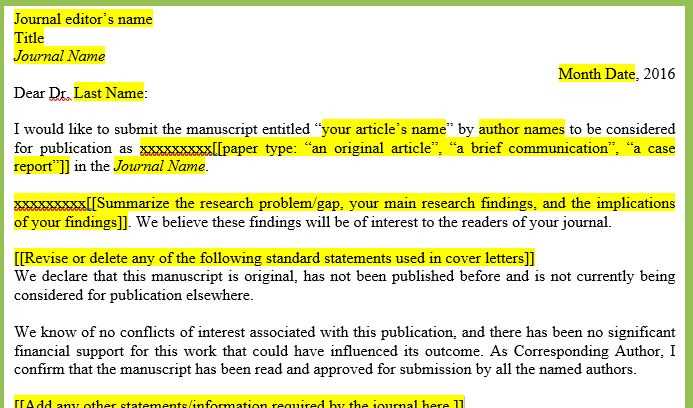
When you’re aiming to secure a contract or partnership, the first impression matters significantly. A well-crafted introduction plays a crucial role in presenting your qualifications and demonstrating why you are the best fit for the opportunity. This section often serves as the opening statement in your bid, helping to make a positive and professional impact. Its primary goal is to express your intent clearly, convey your understanding of the project, and outline your approach to solving the client’s needs.
Key Components of a Strong Proposal Intro
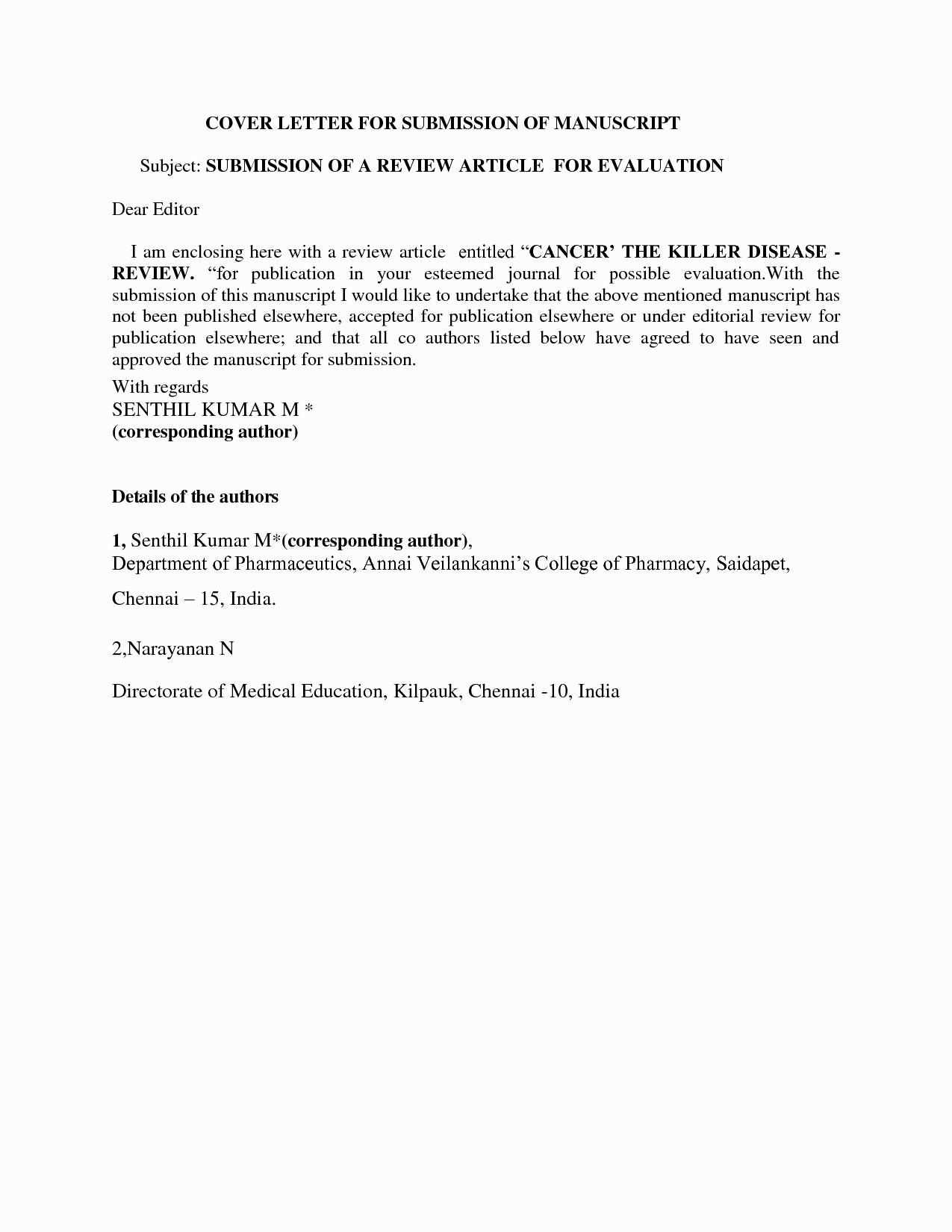
In any successful proposal, certain elements are essential to capture attention and build credibility. These components include:
- Clear Purpose: Begin with a direct statement about the reason you are writing and what you hope to achieve.
- Project Understanding: Demonstrate that you’ve thoroughly reviewed the requirements and are capable of fulfilling them.
- Experience and Expertise: Highlight relevant qualifications, past work, and skills that will set you apart from competitors.
- Approach and Solutions: Briefly mention the methods and strategies you plan to use to meet the client’s needs.
Tips for Crafting a Powerful Opening
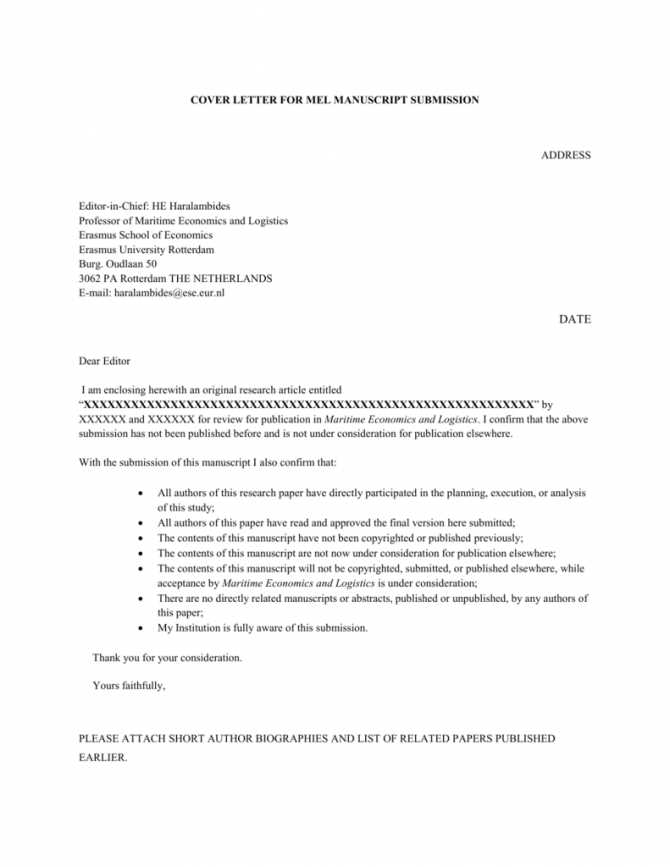
Here are a few suggestions to make your introduction stand out:
- Keep it concise: The introduction should be straightforward and to the point. Avoid long-winded statements.
- Tailor it to the opportunity: Personalize your message to align with the specifics of the project. Generic approaches will not resonate with potential clients.
- Use professional language: Maintain a formal tone to reflect your business acumen, but don’t be afraid to let your personality show through.
Common Mistakes to Avoid
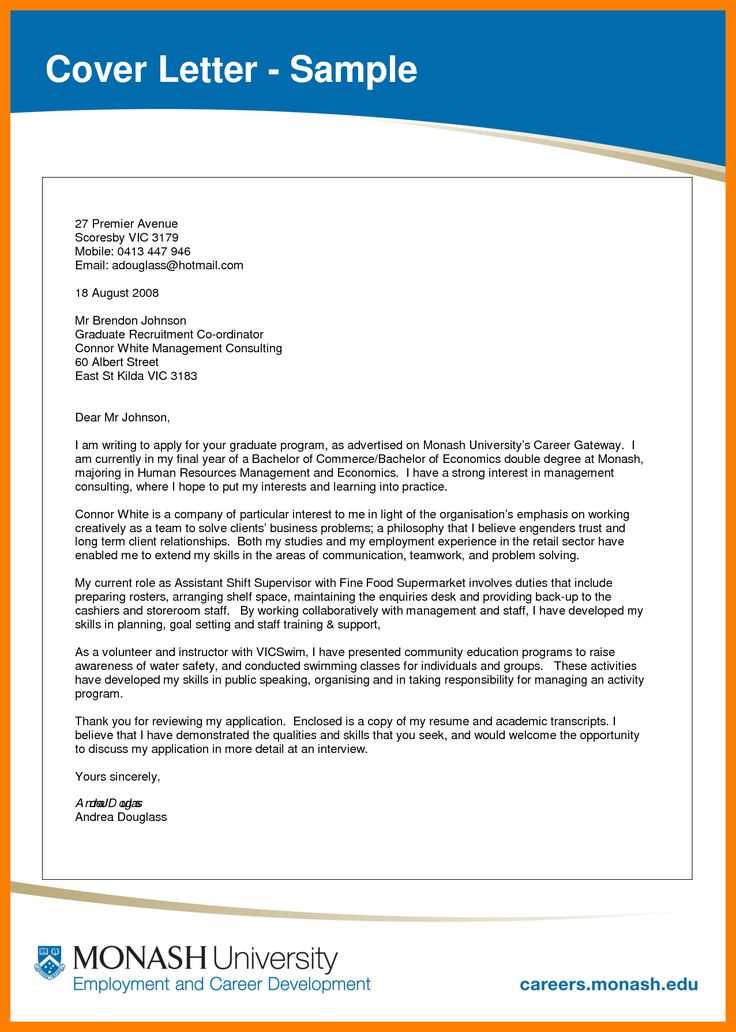
To ensure your proposal stands out for the right reasons, avoid the following:
- Overloading with jargon: Too much technical language or industry-specific terms may confuse the reader. Keep it accessible.
- Being too vague: Generalities will not persuade the client. Offer specific examples of how you’ve addressed similar challenges in the past.
- Excessive length: An overly detailed introduction can overwhelm the reader. Focus on key points that directly address the project’s needs.
Conclusion: Setting the Tone for Success
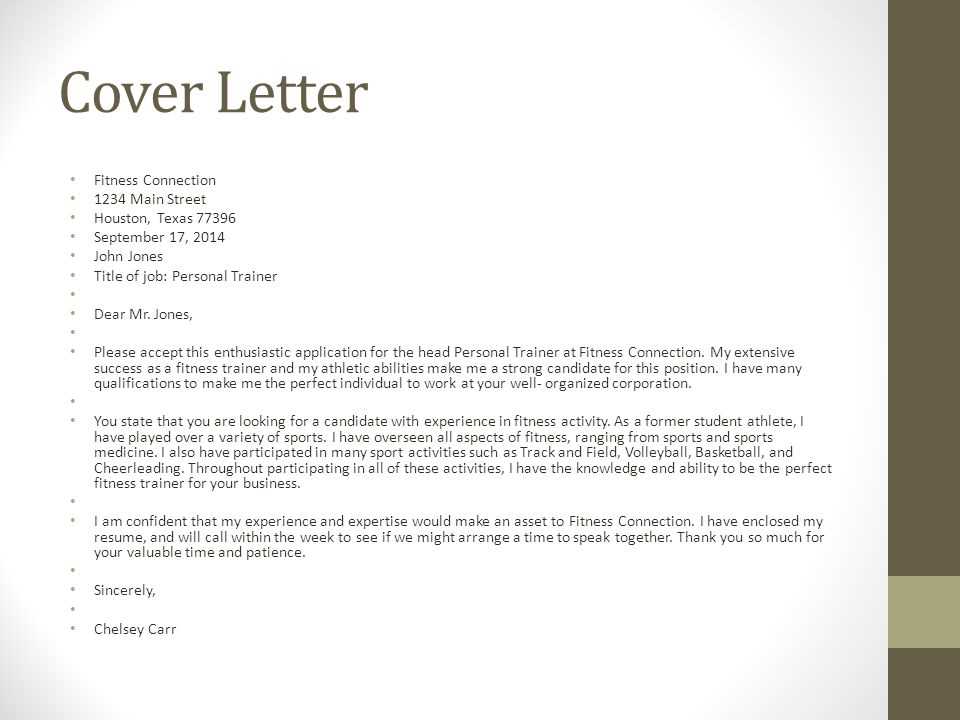
A great proposal introduction sets the tone for the rest of your bid. It establishes trust, provides a snapshot of your capabilities, and makes it easier for clients to see why you are the right choice for their project. Remember to tailor each introduction to the specific opportunity, maintain clarity, and keep the focus on your unique strengths. A compelling opening will help ensure that your proposal stands out in a competitive field.
Why a Proposal Introduction Matters
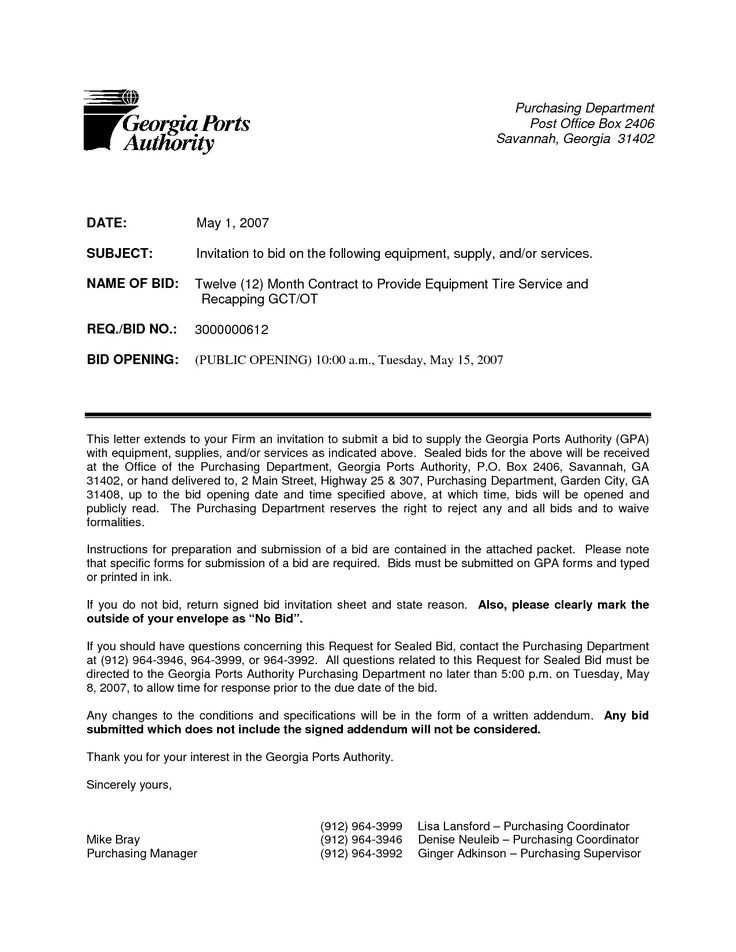
In any formal proposal process, the introductory section plays a key role in making a lasting first impression. It establishes your intent, sets the tone for your submission, and gives potential clients or partners a quick overview of your qualifications and approach. This initial impression can often make the difference between being considered or overlooked, so it’s essential to craft it carefully and strategically.
Key Elements in a Proposal Introduction
Every strong introduction has a few critical components that should not be overlooked:
- Clarity of Purpose: Clearly articulate the reason for your submission and what you hope to achieve.
- Understanding the Requirements: Demonstrate your knowledge of the client’s needs and project specifications.
- Relevant Experience: Highlight past successes and relevant qualifications that show you can handle the task at hand.
- Proposed Approach: Briefly describe the strategy or methods you will use to address the client’s objectives.
Best Practices for Crafting a Proposal Introduction
To make your opening section stand out, follow these best practices:
- Be Concise: Avoid unnecessary detail. Keep it brief and to the point.
- Focus on the Client: Tailor your introduction to the specific project or client you are addressing. Generic phrases may not leave a strong impression.
- Use Professional Language: While it’s important to sound approachable, maintaining a formal tone helps to convey professionalism.
Common Mistakes to Avoid
It’s easy to fall into certain traps when crafting a proposal, but here are some pitfalls to steer clear of:
- Overcomplicating the Language: Avoid technical jargon or overly complex phrases that might confuse the reader.
- Being Too Vague: General statements don’t show your capability. Be specific about how you will meet the client’s needs.
- Excessive Length: A long-winded introduction can turn potential clients off. Keep your focus on the essentials.
How to Tailor Your Introduction for Specific Opportunities
To truly make an impact, personalize your introduction for each proposal. Take time to understand the unique requirements of the client or project, and adjust your language and approach accordingly. Highlight how your specific skills or experience align with their objectives and demonstrate that you’ve carefully considered their needs.
Enhancing Your Submission with a Strong Introduction
By focusing on clarity, relevance, and professionalism, you can ensure that your introduction serves as a powerful tool in your overall proposal. A strong opening sets a positive tone and shows that you’re not just applying for the job, but that you’re truly interested in providing the best solution for the client. Your proposal is more likely to be seriously considered when the introduction is well-crafted and aligned with the client’s expectations.